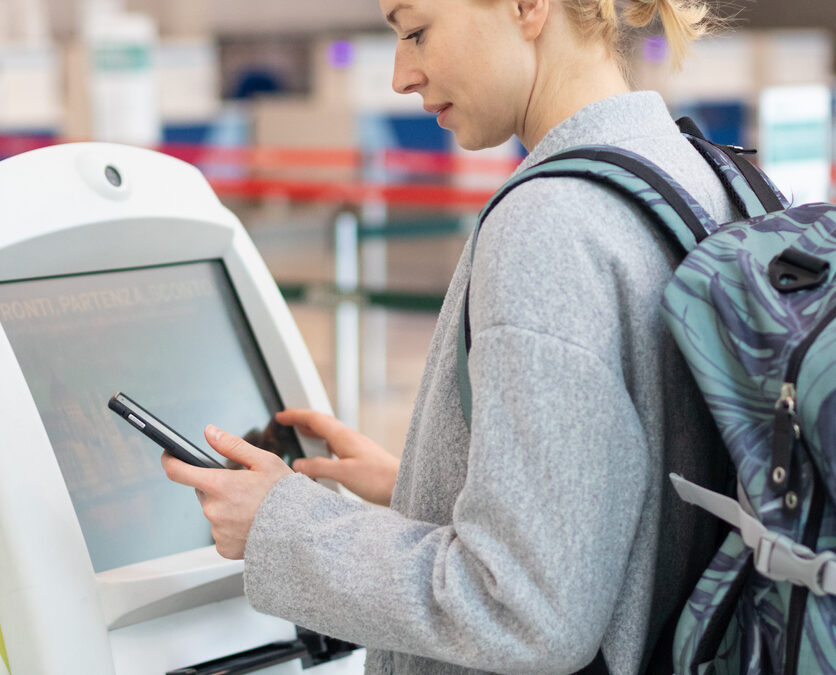The Transportation Security Administration (TSA) is always looking for ways to improve airport security while making the passenger experience more efficient. One of the latest initiatives is “Screening at Speed,” a new technology that could lead to completely touchless screening.
Rapid Growth of AI Paves the Way for Touchless Screening
The rapid growth of artificial intelligence (AI) has made touchless screening a more realistic possibility. AI can be used to analyze data from various sensors, such as millimeter wave scanners and electromagnetic wave scanners, to identify prohibited items without the need for physical contact.
Challenges and Roadblocks on the Path to Touchless Screening
While touchless screening has the potential to revolutionize airport security, there are also some challenges that need to be addressed. One concern is that the new technology may not initially be as effective as traditional methods at detecting prohibited items. Additionally, there will likely be a learning curve for both TSA personnel and passengers as they adjust to the new process.
PreCheck Lanes: The Testing Ground for Touchless Screening
The TSA is planning to roll out Screening at Speed in PreCheck lanes first. This makes sense, as PreCheck passengers are generally more familiar with airport security procedures and are more likely to be comfortable with new technology.
Finding the Most Effective and Efficient Technologies
It will be interesting to see which technologies and processes prove to be the most effective and efficient for touchless screening. Ultimately, the success of this new initiative will depend on whether it can meet the following criteria:
- Effectiveness: Can it detect prohibited items as effectively as traditional methods?
- Efficiency: Can it move passengers through security checkpoints faster?
- Intrusiveness: Is it less intrusive than traditional methods?
Balancing Security and Efficiency
The TSA has a difficult task of balancing security and efficiency. On the one hand, they need to make sure that airplanes are safe from attack. On the other hand, they don’t want to make the airport security process so long and cumbersome that it discourages people from flying, or puts them at additional risk of attacks in the airport public areas.
Conclusion
Touchless screening has the potential to be a major game-changer for airport security. However, there are still some challenges that need to be overcome. It will be interesting to see how the TSA addresses these challenges and whether touchless screening becomes the new standard for airport security.
Jeff Price
Aviation Security & Airport Management Expert
Leading Edge Strategies

